A reject from my attempts at satisfying last month’s assignment for the Lancaster County Photography Meetup: DIY Lighting. Lighting isn’t my strong suit, so this month’s photos were a bit of a stretch for me. In my opinion, the candy doesn’t have a really strong anchor so once you get beyond the nice mix of color there’s nothing to keep your eye on the image for an extended period of time.
Despite my shortcomings, I enjoyed trying to come up with different scenarios and objects to light for the assignment, but I generally gravitated back towards illuminating small objects using a DIY light tent. What can I say, I’m just a details guy at heart!
The second part of our monthly Meetup revolved around a discussion of RAW files and digital negatives in general. Who knew folks could get so fired up about file formats? There were some pretty strong opinions shared on RAW vs. JPG, RAW vs. DNG, and someone even brought up JPG2000! No fists were bared, but let’s just say that if you thought people had entrenched opinions about Canon vs. Nikon, that discussion seems like a night at the high school debate club compared to this.
For what it’s worth, here’s my take on how I personally handle file formats. I shoot exclusively in RAW, and I use the word exclusively not in a snobby “holier than thou” sense, but more in a practical “I don’t shoot anything else because I like to keep my work flow consistent” sense. I like having as much flexibility in the post processing environment as possible, and shooting in RAW delivers the most bang for the buck in the data department for me not to consider doing otherwise.
If I make mistakes out in the field (and I do, all the time) I like having the ability to correct them after the fact. I think even if I were 100% certain I was getting the desired exposure and white balance every single time I tripped the shutter, I still wouldn’t shoot JPG. What if I wanted to do something creative with the exposure that didn’t jive with the original parameters of the shoot to begin with? I like having options, and RAW gives you options.
On import, I convert all of my RAW files to DNG. Why? I say why not? It doesn’t take any extra appreciable time to convert my Canon CR2 RAW files to a format that is non-proprietary and allows me to bake additional metadata inside the file itself without adding a sidecar. When you also consider there is no degradation of quality or performance and DNG files are generally smaller than their proprietary counterparts it becomes a no-brainer for me.
As always, your mileage may vary.




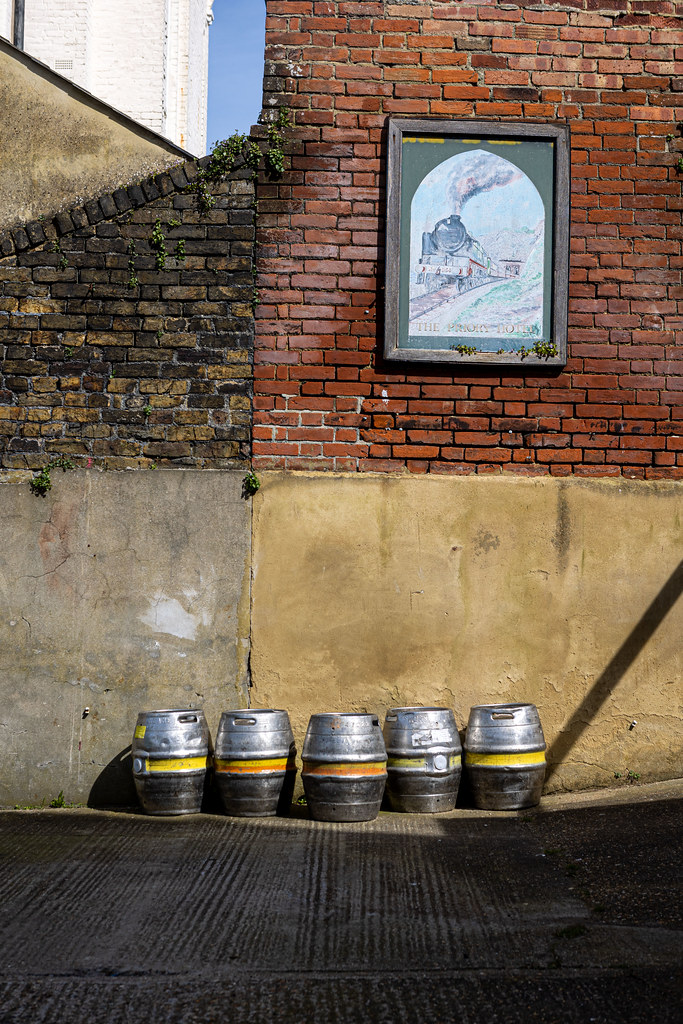
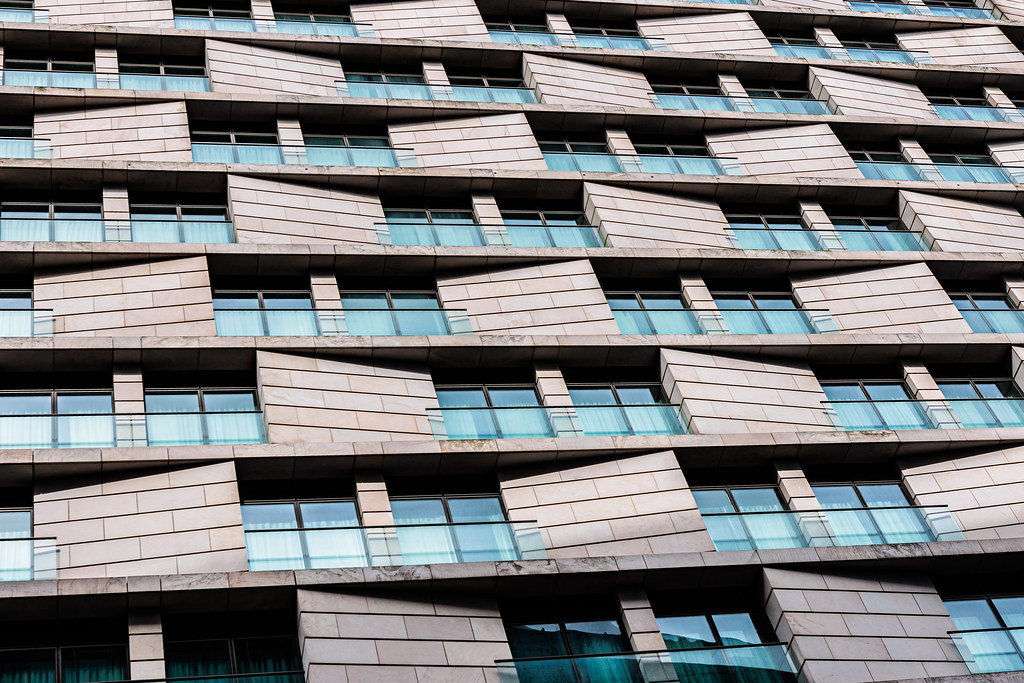
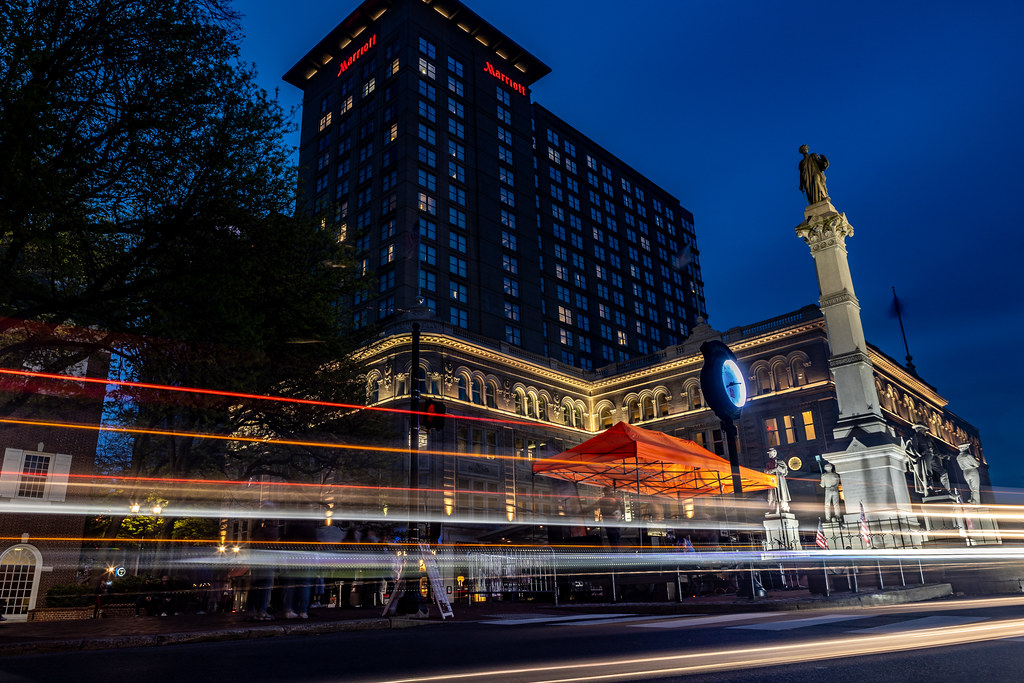
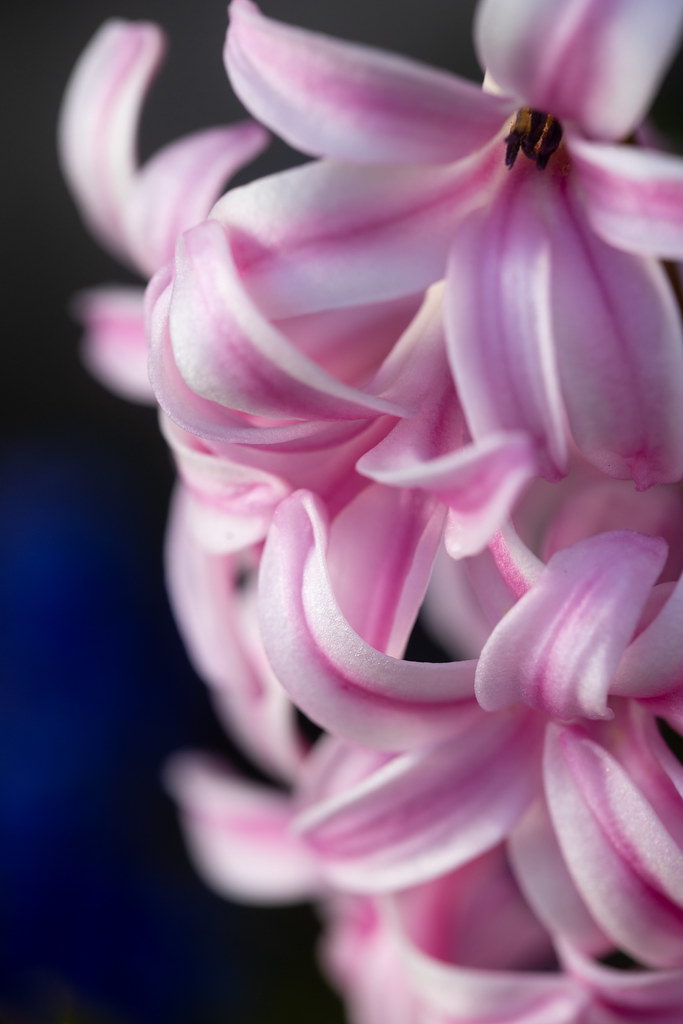
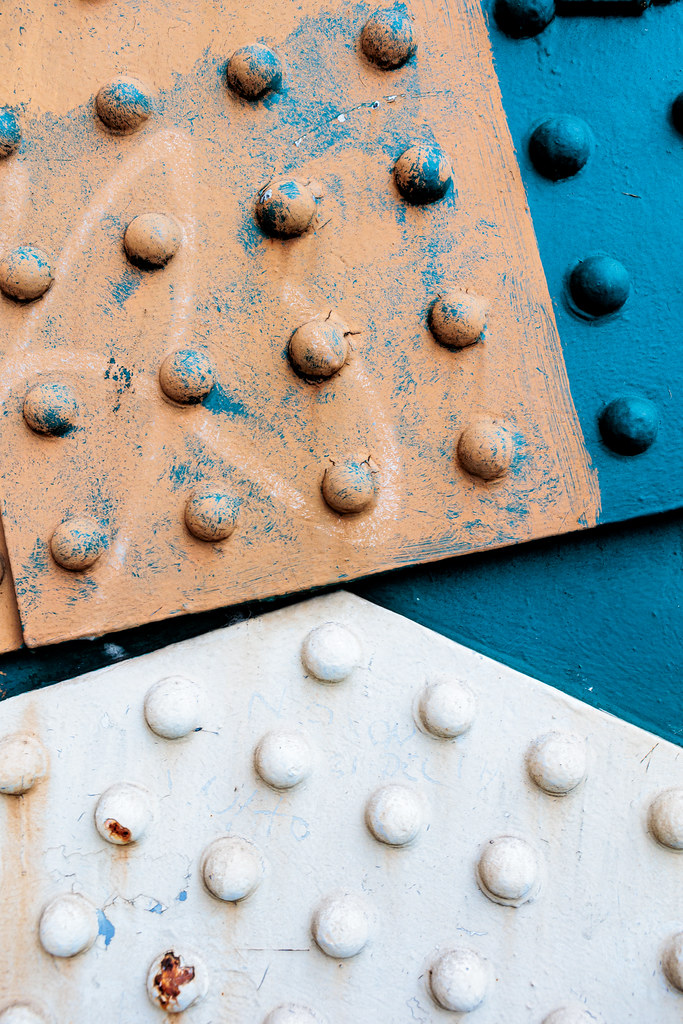
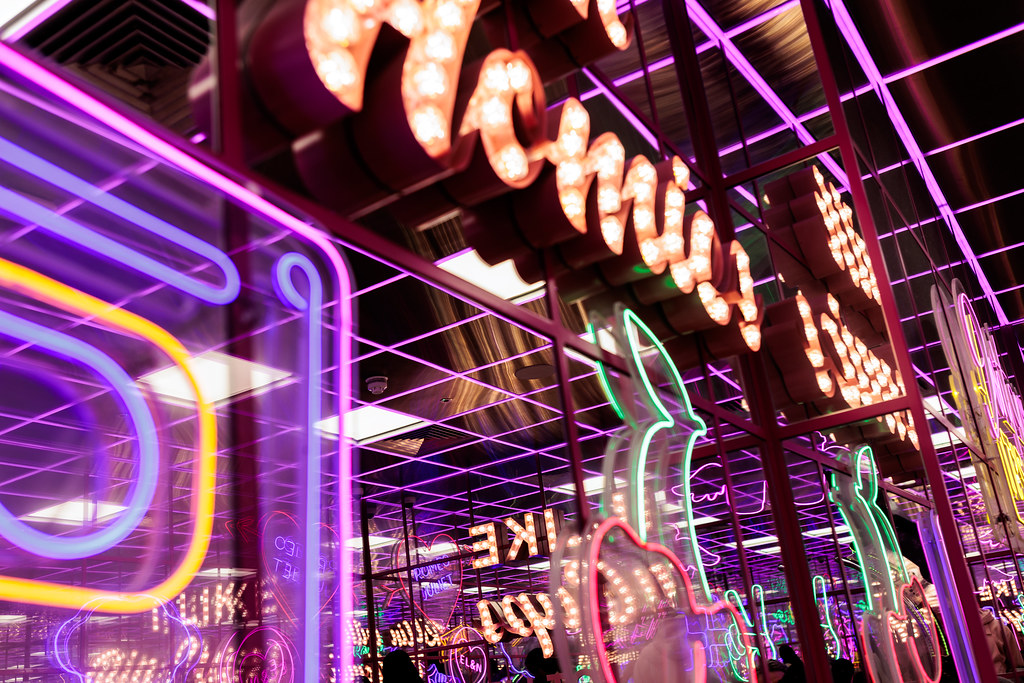






Leave a reply